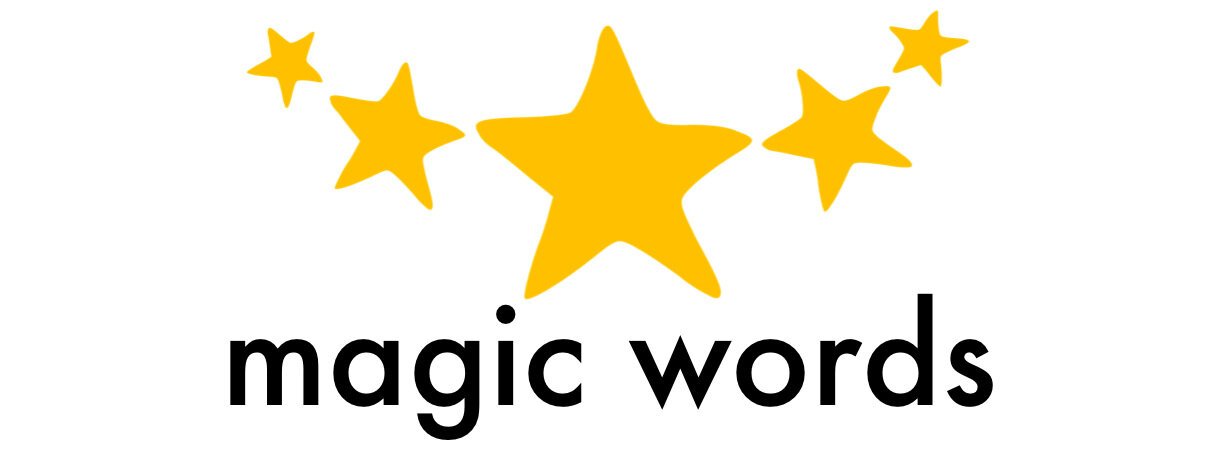Magic Words Speech and Language Therapy Apprentice Practitioner
Society expects all people to conform to behavioural norms: unwritten rules that, if broken, cause the person to be labelled as “strange” or “other”. But this idea in and of itself is flawed – we as a human race are a diverse population of different languages, cultures, religions, and values and inherently we are all unique. So, how can we expect all individuals in a society to follow the norm, and who even decides what this norm is?
For many years, therapies have tried to cure or lessen neurodivergent traits in children and young people. Approaches such as Applied Behaviour Analysis (ABA) have sought to withhold items from a child in order to get them to complete a task in the way the therapist wants. Often, this will result in the child complying out of fear or a desire to get a certain item, but there is no intrinsic motivation to learn the new skill. As a result, they do not generalise the skill, and in many cases, we see the child in fight or flight mode, ready to escape or attack whenever they feel threatened. Many autistic adults report suffering with PTSD in adulthood because of such therapies.
Unfortunately, many approaches used with autistic children, or children with other neurodivergences such as ADHD, are deeply rooted in ABA. Sticker charts, work-reward systems, Now and Next boards, Picture Exchange Communication System (PECS)… all of these involve withholding something the child wants or needs, such as a sensory accommodation, until they do what an adult is demanding of them. We would not withhold physical accommodations such as a wheelchair from a child, so why are we withholding ear defenders, fidgets, or trampolines?
When we aim from early childhood to make a child appear “less autistic” or “behave normally”, we are feeding into a life-long narrative for them that they are deficient in some way. That they are not enough. This message often becomes internalised and leads to children, especially those with low support needs, masking their neurodivergence to fit in and make friends. And if they cannot mask, they are frequently ostracised from society.
Neurodivergence does not have to be a disability – society is what makes being neurodivergent a disability, because society is ableist and geared towards neutotypicals, with the onus on neurodivergents to request accommodations and change themselves to fit in with the norm.
Take away messages:
Let’s reframe how we talk about neurodivergence from the very beginning – no-one is flawed because of how their brain works. All differences should be accepted and celebrated, and therapy should be person-centred.
When working with a child or teenager who has a history of masking, let’s work on building self-esteem and exploring unmasking.
And let’s start talking to all children about the importance of being accepting of all people, regardless of their neurotype. Below are some great TV and book recommendations to start having these conversations at home:
"Mister Rogers' Neighbourhood" is a classic children's show that promotes kindness, empathy, and understanding of differences.
"How to Be a Superhero Called Self-Control! Superpowers to Help Younger Children to Regulate their Emotions and Senses" by Lauren Brukner - this is a book that provides practical strategies for children to regulate their emotions and senses, which may be helpful for the client.
“Young Sheldon” is a TV programme where we see Sheldon’s journey through school and trying to make friends and navigate relationships when he was younger. Young Sheldon never explicitly mentions autism so it’s not specific.
“A Kind of Spark” is a CBBC TV show that uses neurodivergent actors.
"The Autism Acceptance Book: Being a Friend to Someone with Autism" by Ellen Sabin - this is a children's book that introduces autism and emphasises the importance of acceptance and understanding.
"All Cats Have Asperger Syndrome" by Kathy Hoopmann - this is another children's book that uses cats as a metaphor to explain some common traits of people with Asperger's (which is on the autism spectrum).
"The Reason I Jump" by Naoki Higashida - this is a memoir written by a young man with autism who shares his experiences and insights.
"NeuroTribes: The Legacy of Autism and the Future of Neurodiversity" by Steve Silberman - this is a comprehensive history of autism and advocacy for neurodiversity.
"Sesame Street" has a character named Julia, who is a Muppet with autism. The show has resources available for families and educators to learn about autism and how to support children on the spectrum.
"Atypical" is a Netflix series that follows the story of a teenager with autism navigating high school and relationships.
"The A Word" is a British TV drama series that depicts a family's journey after their son is diagnosed with autism.
"Speechless" is a comedy series that follows the story of a teenager with cerebral palsy and his family.
“Pablo” is a TV programme on CBeebies, the characters are voiced by Autistic Actors. There are different characters that portray different aspects of Pablo's personality.
“The Big Bang Theory” is a TV programme where one of the characters has a very literal and direct communication style.








